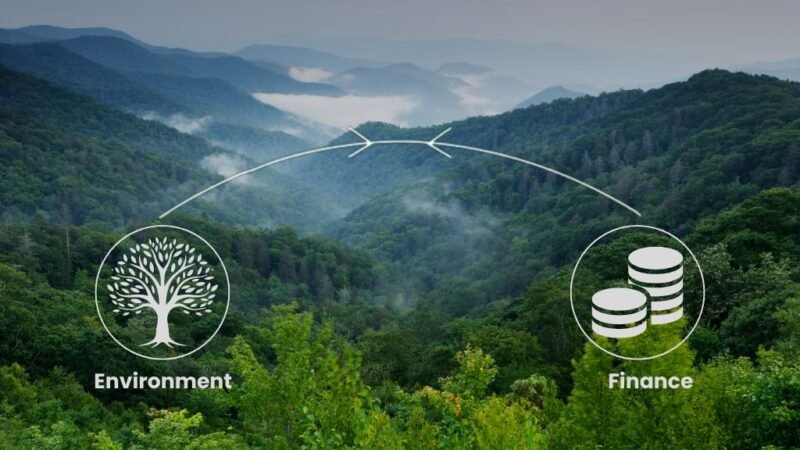
The UN Convention on Biological Diversity (CBD) defines biodiversity as the diversity within and between species and of ecosystems, including plants, animals, bacteria, and fungi. Over half of global GDP depends on nature, and biodiversity plays a crucial role in combating climate change by absorbing carbon emissions.
As climate change intensifies, innovative financing instruments, such as debt-for-nature swaps, are emerging. These swaps help governments free up debt obligations to support conservation efforts without causing financial instability. The first such swap was signed between Conservation International and Bolivia in 1987, and since then, around 140 swaps worth $3.7 billion have been conducted in countries such as Belize, Barbados, Seychelles, and Gabon.
Seychelles launched the first ocean-based debt-for-nature swap in 2015, leading to the largest “blue bond” transaction in Belize in 2021. The COVID-19 pandemic has increased the prominence of these swaps, especially in emerging economies. In 2023, Ecuador converted over $1 billion of its debt into a marine conservation-linked bond to protect the Galapagos Islands, channelling at least US$12 million annually over 18 years.
The UN Development Programme (UNDP) is exploring “tiger ecosystem bonds” with Cambodia, India, Malaysia, and Thailand to raise up to US$200 million to protect and restore tiger ecosystems.
Despite the growing interest in debt-for-nature swaps, their application remains complex. There is a need for more clarity on effectively using this mechanism to target conservation efforts and address the lack of resources and capacity. This could provide a long-term sustainable future for some of the world’s biodiversity hotspots.








Leave A Comment